
A Day on the Burn Crew
Fire and the Restoration of Michigan Landscapes
Long before the state of Michigan was made up of a patchwork of geometric farm fields, sprawling cities, meandering highways, and stretches of forest, the state was made up mostly of a dynamic mixture of three landscapes–prairie, oak savanna, and oak forest. Those habitats shifted over time and space, ebbing and flowing with the natural pulse of wildfire. Fires started by lightning–and by Native Americans–burned for days at a time, traveled for miles across the landscape, and extinguished only when interrupted by a lake, river, or drenching rain.
Areas that burned every year or two became grassland. When fires stopped for awhile, those grasslands shifted into savanna. If they stopped for long enough, they eventually turned into forest. Then fires would sweep through again, clearing out trees, refreshing soil nutrients, and restoring more open conditions. Played out hundreds of times over thousands of years, this cycle shaped the richly diverse landscape of the American Midwest.
Development, fragmentation, and a cultural mistrust of fire have disrupted natural cycles of regeneration in our once-wild landscapes. Remove fire from the land and the habitat goes with it. The prairies, savannas, and oak forests of Michigan’s past have largely been destroyed, and those left are tattered remnants grown over in a tangle of weeds.
That’s why every year about this time, the Land Conservancy and other conservation groups across Michigan intentionally set fire to the ground. Prescribed burning, it’s called, and the name is no accident. Just as a doctor prescribes medicine for a sick patient, ecologists prescribe fire to heal ailing ecosystems.
A Day on the Burn Crew
(click through the pictures to follow along with a prescribed burn)
The process of prescribed burning begins long before a drip torch is ever lit. Careful planning is necessary, and it’s done well in advance. Consulting management plans, coordinating with fire departments, training volunteers, and prepping equipment is all good work for January, when thoughts of leaping flames provide a reprieve from the chill of midwinter. As soon as the last of the snow melts in the spring, we start watching the weather. Safe and effective prescribed burning depends on a Goldilocks weather scenario--not too hot, not too cold, not too wet, not too dry, not too windy, not too calm. Just right. Those conditions are fleeting, and we don’t want to miss our chance. As the burn boss, on the night before a burn, I don’t get much sleep, waking to check the weather on my phone every hour or two. I scroll through fire weather forecasts, on the lookout for changes in predicted wind direction, wind speed, and relative humidity that could affect how we ignite the fire--or if we will be able to burn at all. But by morning, the coffee is starting to kick in. After a final weather check, we decide to proceed with a burn. Today’s target: ten acres of tallgrass prairie and oak forest at Saul Lake Bog Nature Preserve. Notifications go out to the proper authorities and to neighbors around the burn unit. And also to our burn crew volunteers, who know to expect these solicitations on short notice. Be there in two hours, my email says, and be ready to work. Equipment is loaded up and we head to the preserve. The sun is shining through a high film of wispy clouds at Saul Lake Bog Nature Preserve and a gentle breeze blows in from the west. Most importantly, humidity has dropped enough for a fire to carry. Volunteers start pulling into the parking lot. These are people with day jobs and busy schedules who just cancelled all other plans to come light things on fire. Burning has a certain deeply ingrained allure, and these people are proof. Everyone suits up in fire-retardant gear and we go over the day’s plan. First things first--secure the edges. The entire burn unit must be surrounded by fire breaks--streams, mowed paths, trails, or anything else that won’t burn. One side of the prairie doesn’t have any natural breaks handy, so we make our own by scraping a line down to bare soil. Finally it’s time for ignition. We start in the forest, the furthest downwind edge of the unit. A flick of a lighter starts a patch of leaves ablaze. Flames cackle. Smoke rises. Wielding a drip torch, a crew member extends the fire in a line along the back edge of the unit. The fire creeps slowly into the wind, leaving blackened ground behind. We continue burning along the sides of the unit, following our fire breaks through the forest and out into the prairie. At the far edge of the prairie, with the wind at our backs, we light a headfire. Propelled by the wind, the headfire moves fast and hot as it races through dry grasses. Suddenly, the wind shifts to the south and sends a burning leaf into a stand of prairie grass twenty feet outside the unit. But our crew is on it - they’ve trained for this. Quick action, steady nerves, and a few sprays of water sends the rogue fire into submission. The main burn unit is now surrounded with flames. They burn inward from the edges in an ever-shrinking ring, sending a column of white smoke high into the air. Eventually, the wind-driven headfire crashes into the smoldering backburn and the whole thing fizzles out into a puff of smoke. As quick as it started, the fire’s out. The fire may be done, but the burn crew isn’t finished. In the oak forest, a few logs are still smoking. Unless they’re extinguished, an errant gust of wind could carry an ember into the nearby woods, sparking a wildfire. We don’t take that risk lightly: everything must be out cold before we leave the site. This business of putting everything out, called mop-up, can take longer than the actual burn itself, sometimes dragging into late evening. Thankfully, the task is more manageable today, and we’ve packed up in time to be home for dinner. The ground immediately after a burn is black and the smell of the fire hangs in the air. But two months later, the same ground is lush and green and bursting with the blooming lupine.
Pre-Burn
Finding a Weather Window
7:30 AM
The Target
Mid Morning
First Things First
Ignition
Aflame
Slopover
Surrounded
Mop-up
Before and...
After
A Landscape Returns
For all its drama, prescribed burning is really just another tool we use to mimic natural processes in pursuit of a richer, more biodiverse landscape. We’ll return to this site in the coming weeks, months, and years to measure the response of the ecosystem to the fire.
In a few weeks, this blackened ground will be a carpet of the deepest green. Come August, a jungle of prairie grass will tower overhead. New oaks will sprout where they were once shaded out. My daughter will run through these woods in search of snakes and flowers. Swallows and waxwings will sweep up insects from the fields, bringing food home for their young. Sandhill cranes will circle above, watching over the age-old rhythms of the land.
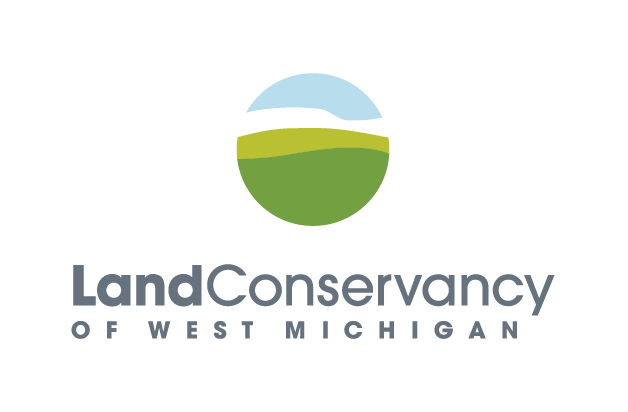


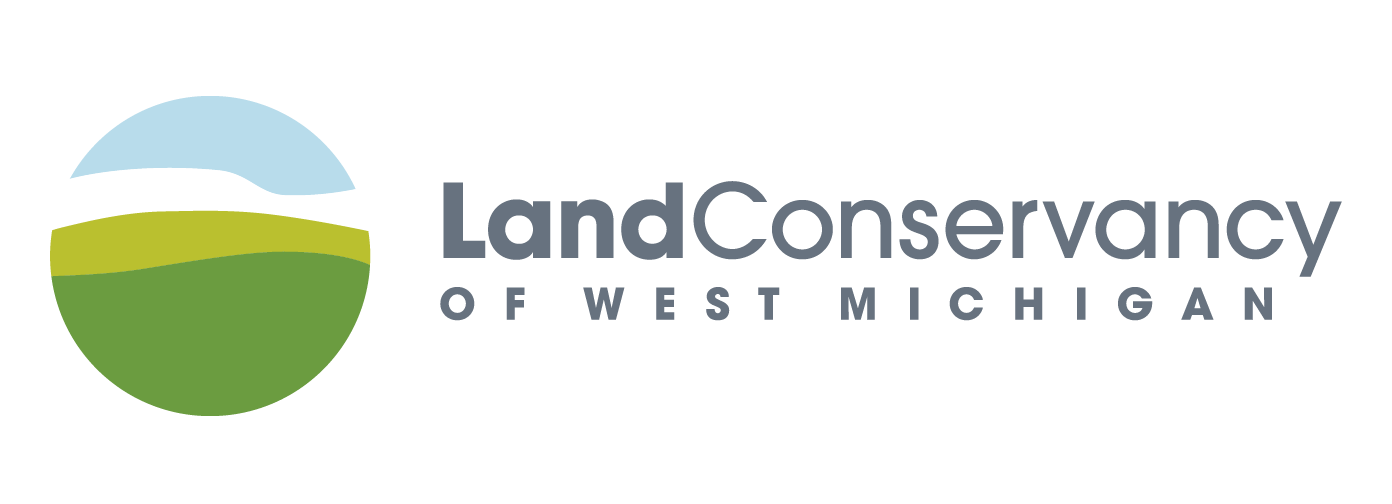
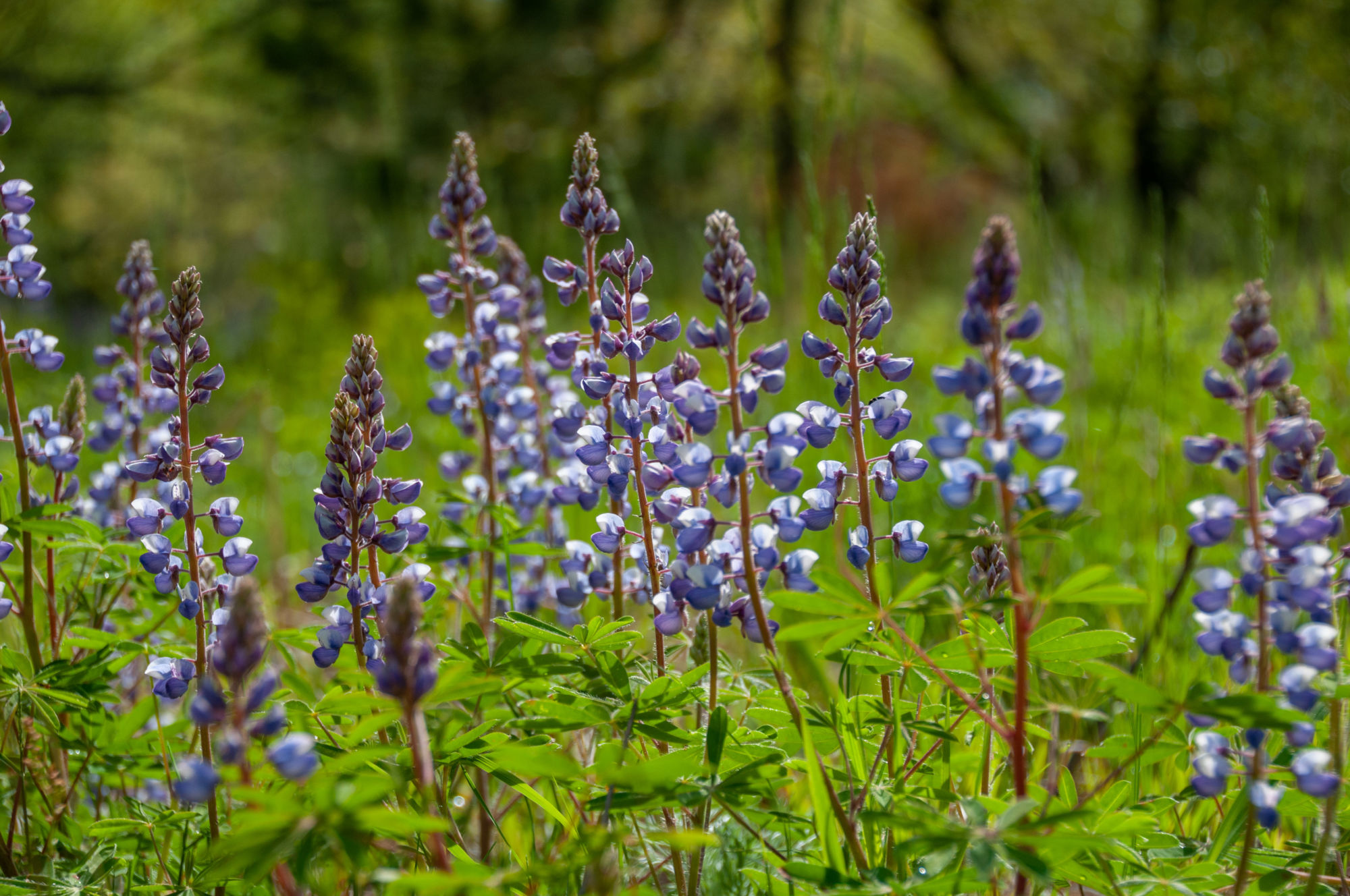



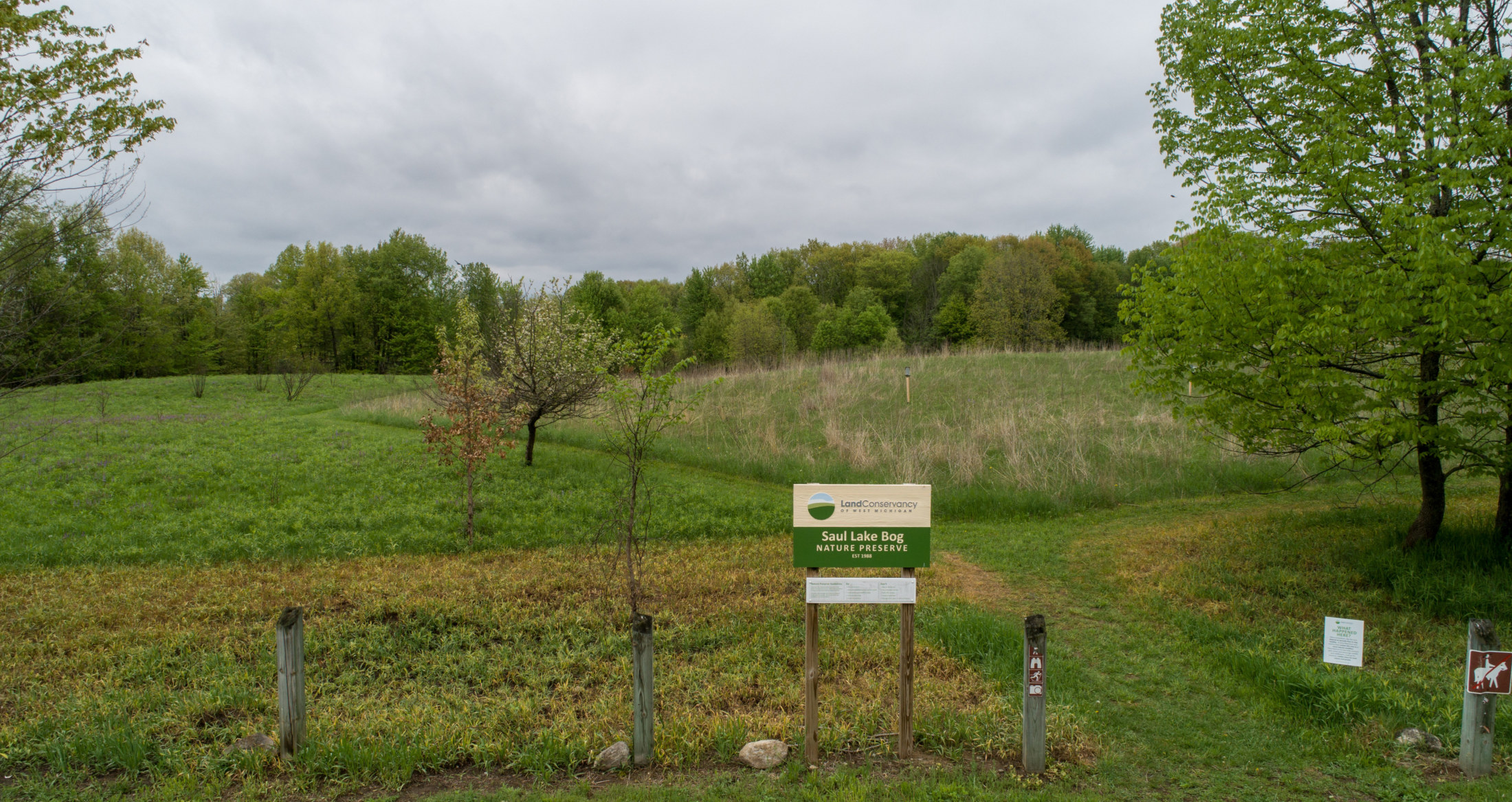






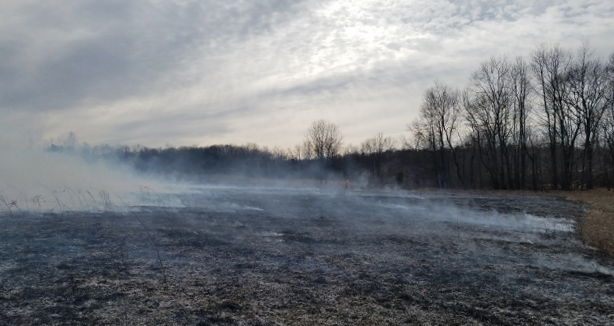
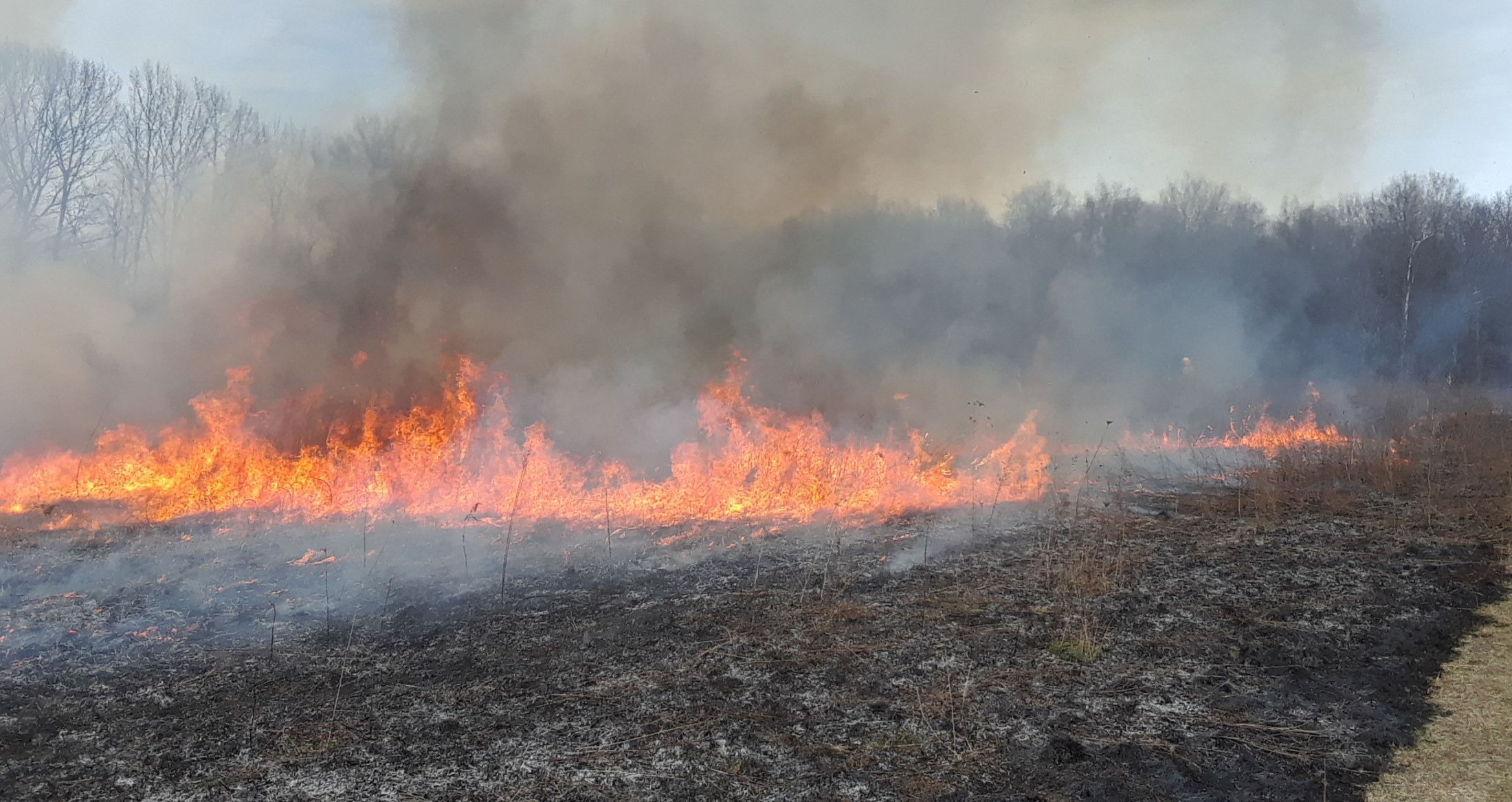

Paul Mayer
awesome piece, a great view into a day on the fire line.